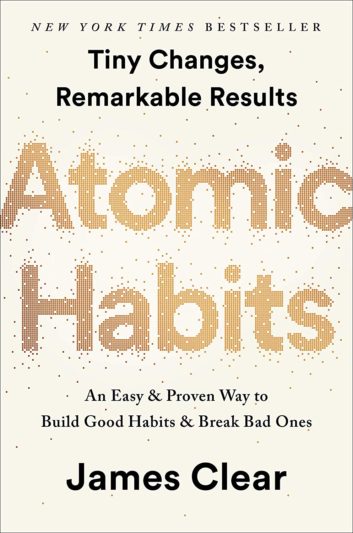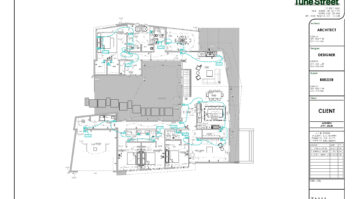
Rarely do I find a subject that has been so effectively turned on its head with a single treatise. Atomic Habits is just such a book. Looking at transforming your existence in the smallest steps possible, James Clear has outlined a path for process change that is truly remarkable.
The concept is not revolutionary; our outcomes are directly related to our daily habits. But expanding on that idea, Clear examines these small, elemental efforts and posits that habits are the compound interest of self-improvement. Just like those small deposits in a long-term savings account accrue interest every single day, even the smallest habit can have an enormous effect over time.
Clear states that habits are practices, activities, or tasks that, repeated sufficiently, become automatic. He gives the example of tying your shoes. At first, this appears to be a complex exercise only mastered through careful training. Soon, it is a daily task that we accomplish without even considering the steps involved. That is the definition of a habit. Small and easy to accomplish, designed to be combined with other habits, and leading to amazing results.
He also makes the claim that habits are infinitely more important than goals. If you are looking for better results, don’t concentrate on the end effect, focus on the systems instead. As a goal-oriented individual, this was a bit hard for me to swallow. However, further reading had me reconsidering my position.
One of the statements that rocked my world was, “You should be far more concerned with your current trajectory than with your current results.” Too often our immediate outcomes color our vision of what is really happening. Small steps in the right direction should be recognized as mini-victories and celebrated as such. “Goals are about the results you want to achieve. Systems are about the processes that lead to those results.”
Bad habits repeat themselves again and again not because you don’t want to change, but because you have the wrong system for change. The Four Laws of Behavioral Change are [1] make it obvious, [2] make it attractive, [3] make it easy, and [4] make it satisfying. This is the simplest method of transforming your current reality into your desired reality.
Consider this statement, “Your outcomes are a lagging measure of your habits. Your net worth is a lagging measure of your financial habits. Your weight is a lagging measure of your eating habits. Your knowledge is a lagging measure of your learning habits. Your clutter is a lagging measure of your cleaning habits. You get what you repeat.” Outcomes are, by nature, historical. Studying them is great for perspective and analyzing what works and what doesn’t, but don’t let them be the only measurement of your success.
One of the hallmarks of his theory is the change of focus from what you want to accomplish to who you want to become. Clear states, “Outcomes are about what you get. Processes are about what you do. Identity is about what you believe.” Changing your beliefs will have the greatest effect on your long-term success. Building systems to match these beliefs is the key. “The real reason habits matter is not because they can get you better results (although they can do that), but because they can change your beliefs about yourself.”
What do you want to do? How do you want to do it? Who do you want to be? Clear discusses the fact that many people feel they are not motivated when, in fact, it is more a lack of clarity. How many days have you had that were filled with activity, but you seemed to accomplish little? Conversely, when you had a clear vision of what needed to be done, the tasks and activities seemed to fall into place and the day was a fountain of productivity. Clarity is a major factor in the process.
So how do you create a habit? “Habit Stacking,” suggests Clear, is a great way to begin. Take an existing habit and attach the newly desired habit in line. “The habit stacking formula is: After [CURRENT HABIT], I will [NEW HABIT].” You can see how this allows you to program a new habit as a next step in your daily agenda. Repeat this process until the new habit becomes automatic.
It is my hope that I have tickled your curiosity. This is just a taste of the incredible insight you will find in a thorough study of this volume. Many business books reveal the heart of their subject in the first 30-40 pages and spend the rest rehashing the topic. Atomic Habits is not such a read; insights abound cover to cover. I will continue to revisit this book for years to come.
Click here to check out all the titles in Dave Donald’s Business Book Club.







